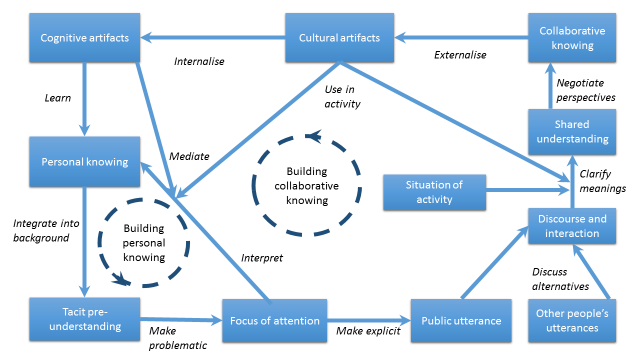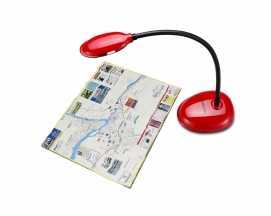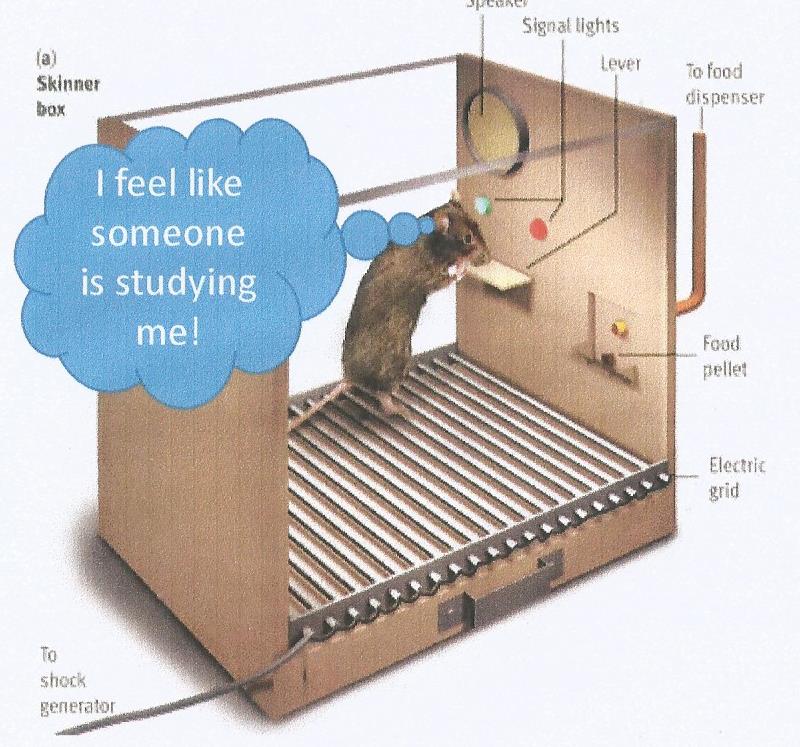•In your tutor group forum, discuss the elearning initiatives that you thought about above. Discuss the factors you included in your cost-benefit analysis. Compare them with the factors that other members of your group used. What were common, and what were specific to the context or the programme?
Do they have common characteristics that help to make them cost-effective?
For my contribution, I am reviewing a course that would have been useful for me as a social worker working with older people and for teaching therein.
This MOOC is offered from the Centre on Ageing at Newcastle University and is directed at service users, their informal and formal carers and professionals. It is called:
Ageing Well: Falls (FutureLearn)
It can be accessed on:
https://www.mooc-list.com/course/ageing-well-falls-futurelearn
The aim of the course is to reduce the personal and social costs associated with frequent falling by instituting awareness of the factors that lead to falls. It teaches how preventative strategies can be put in place. The aim is to empower the persons most at risk from falls. It will also involve considerable saving in costs related to the community, professional referral, as well as costs to hospital and home care and support provision. on the evidence it will contribute to longevity.
It utilizes, ‘the knowledge and experience of … the award winning Falls and Syncope Service (FASS) at Newcastle’s Royal Victoria Infirmary - the largest unit of its kind in Europe, recognised internationally for its innovative work in the field of falls and blackouts'.
The evidence of large scale cost- savings to health services, individuals, families and professional and community resources (home care, aids, nursing resources) is suggested by the followiong:
“Every day in the UK, almost 10,000 people aged over 65 will fall down. The personal costs are staggering, with falls resulting in injury, broken bones, fear of falling and social isolation.”
A less ambitious programme was offered in one of my old haunts, The London Borough of Houslow, and evaluated in 2009. See:
http://www.hounslow.gov.uk/older_peoples_falls_strat.pdf
I discovered am older paper on approaches to cost –benefit analysis moreover by Watts et. al. (2008), that covered more traditional approaches for people with Parkinson’s (who are very much at risk of frequent falls) which can be accessed on:
http://www.biomedcentral.com/content/pdf/1471-2318-8-23.pdf
It is clear from this that the social benefits of reduced falling as a result of physical training intervention (progressive resistance strength training and movement strategy training) are immense. The paper recommends using a number of indirect benefit - cost criteria (benefit - cost ‘per fall’ in two categories of seriousness and benefit - cost ‘per quality adjusted life years saved’)l. However these traditional programs have considerable direct costs (Watts et. al. 2008:4).
If we compare the ability to minimise and eradicate such costs BETWEEN such traditional programmes and online MOOC provision, like that in Newcastle, the picture appears to me to resemble – and perhaps to copy exactly – Bassi’s (2000) chart – see below (fig. 1):
Fig. 1: A worksheet demonstrating potential reductions of cost between traditional falls training and the Newcastle MOOC. (A * indicates areas where costs might be made negligible or absent over the time of the project)
|
|
More Traditional Provision (Watts et.al. 2008)
|
Ageing Well: Falls (FutureLearn)
|
|
|
Fixed Cost
|
Marginal Costs
|
Fixed Cost
|
Marginal Costs
|
|
Direct Cost
|
|
|
|
|
|
Professional Trainers’ compensation
|
|
|
*
|
*
|
|
Aids /Adaption providers & vendors
|
|
|
|
|
|
Materials, development
|
|
|
|
*
|
|
Materials, production
|
|
|
*
|
*
|
|
Materials, distribution
|
|
|
*
|
*
|
|
Hardware
|
*
|
*
|
|
|
|
Software
|
*
|
*
|
|
|
|
Travel (Ambulance type) expenses
|
|
|
*
|
*
|
|
Administrative support
|
|
|
|
|
|
Indirect Cost
|
|
|
|
|
|
Patient / Carer compensation
|
|
|
*
|
*
|
|
Overhead
|
|
|
|
|
|
Opportunity Cost
|
|
|
*
|
*
|
This illustration is likely to be applicable as a direct result of MOOC provision and represent benefit – cost surpluses to individuals at risk, their carers, familires, community health and social services, secondary health services and other stakeholders yet unidentified.
References:
Bassi, L. (2000) ‘How much does e-learning cost’ in LineZine (Fall 2000) available from: http://www.linezine.com/2.1/features/lbhmec.htm (accessed 1/5/15).
Future Learn (2014) ‘Ageing Well: Falls’ from MOOC List available from: https://www.mooc-list.com/course/ageing-well-falls-futurelearn (accessed 1/5/15).
Hounslow (2009) Older Peoples’ Falls Strategy Hounslow, London Borough of Hounslow, available from http://www.hounslow.gov.uk/older_peoples_falls_strat.pdf (accessed 1/5/15).
Watts, J.J., McGinley, J.L., Huxham, F., Menz, H.B., Iansek, R., Murphy, A.T., Waller, E.R. & Morris, M.E. (2008) ‘Cost effectiveness of preventing falls and improving mobility in people with Parkinson disease: protocol for an economic evaluation alongside a clinical trial’ available from: http://www.biomedcentral.com/content/pdf/1471-2318-8-23.pdf (accessed 1/5/15)


 The Ladibug once activated projects an image of any document placed below it at great and very clear magnification. It appears to self-focus (certainly I did nothing to achieve a clear image).
The Ladibug once activated projects an image of any document placed below it at great and very clear magnification. It appears to self-focus (certainly I did nothing to achieve a clear image).